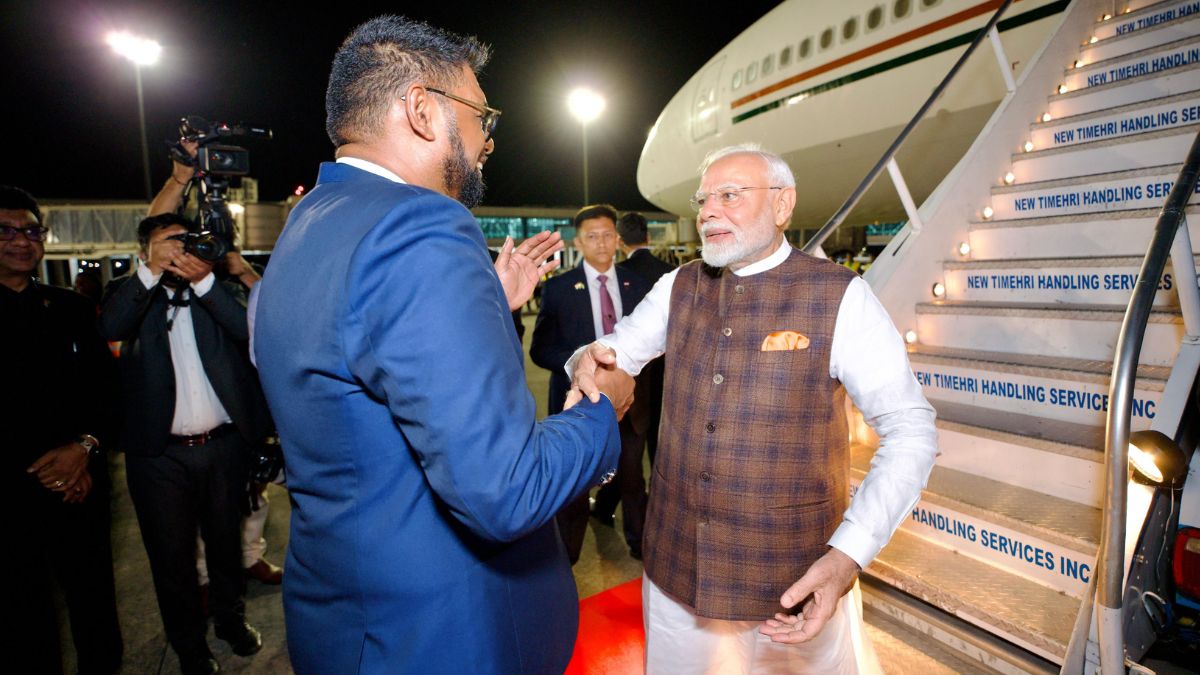Prime Minister Narendra Modi will visit the Indian Arrival Monument in Guyana on Thursday to commemorate the arrival of Indian indentured labourers, who were brought to the country between 1838 and 1917 by British agents.
The Indian Arrival Monument was built in 1997 to commemorate the Indian diaspora’s journey to the Caribbean nation. Located in Guyana’s capital Georgetown at Merriman’s Mall with its main entrance opening on the Camp Street, Bourda, the monument has been a tourist attraction for the past more than 25 years.
Here are five things about the Indian Arrival Monument:
Rooted in history
The monument commemorates the arrival of the first group of Indian indentured labourers, who arrived in what was then called British Guiana on May 5, 1838. They had been brought to work on plantations. The first group arrived on vessels named Whitby and Hesperus.
Indians took over from the Portuguese
Earlier, the Portuguese immigrants were working as labourers in the plantations. The plant owners thought that the Portuguese were unsuitable for the rigours of plantation life and this would affect their earnings. So, they decided to call Indian labourers to Guyana.
Indians arrived in Guyana in large numbers between 1838 and 1917 and were dispersed into several countries like: Berbice, Essequibo, and Demerara.
Now, a symbol of unity
The bronze sculpture resting on a black granite pedestal monument is a symbol of the first batch of Indian labourers who were transported to British Guiana. It stands as a beacon of shared history and continued collaboration.
Impact Shorts
More ShortsThe architect
The monument was designed in India with the help of Guyanese architect Albert Rodrigues. The architecture reflects elements of Indian culture, blending Guyanese design, showcasing the enduring connection between India and Guyana.
The monumental journey
The monument was transported to Guyana in 1996 from India. Famed businessman and philanthropist Yesu Persaud unveiled the monument on May 5, 1997. It honours the positive contributions made by the Indian diaspora in sectors such as agriculture, politics, and culture, making them an integral part of Guyanese society.
)